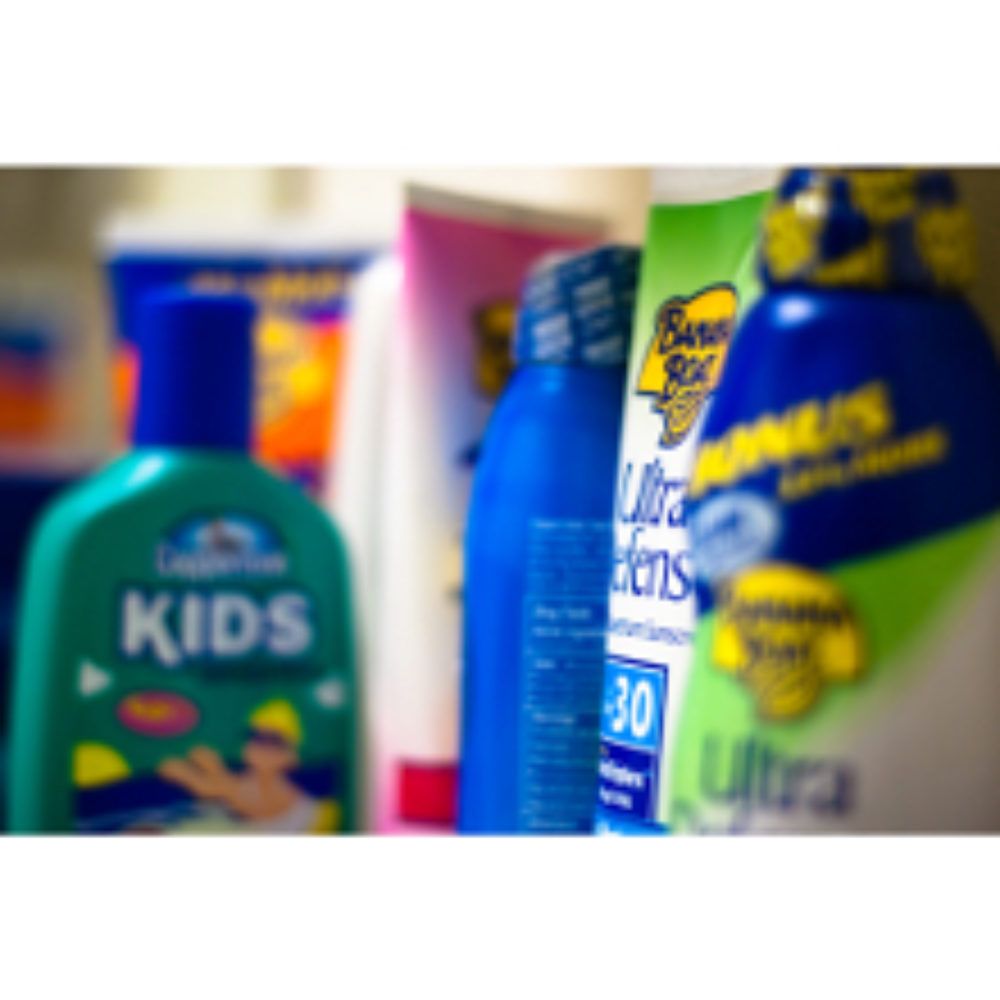Sunscreen Safety to be Reviewed by FDA Advisors After Recalls

Amid recent concerns about the risks associated with tanning and the effectiveness of many sunscreen products, an FDA advisory committee will review the safety of sunscreen and recommend a course of action to federal regulators.
A FDA nonprescription drugs advisory committee meeting is scheduled for September 4–5, 2014, at which time it is expected that independent health experts will discuss the scope and safety of testing that should be required for sunscreen. The panel will also evaluate testing methods for the active ingredients used in sunscreen products sold over-the-counter in the U.S.
Sunscreens are widely used by individuals over the age of six months old, in hopes of preventing skin cancer, protecting from sun damage and skin aging. However, questions have arisen in recent years about the effectiveness of various different products sold and marketing claims made.

Did You Know?
Millions of Philips CPAP Machines Recalled
Philips DreamStation, CPAP and BiPAP machines sold in recent years may pose a risk of cancer, lung damage and other injuries.
Learn MoreIn light of the meeting, the panel is calling for safety data, including clinical data and nonclinicial information, for products that are currently on the market. The panel will then make recommendations to the agency about what further steps may be taken to protect consumers. While the recommendations of the advisory panel are not binding, the agency typically weighs such findings significantly in any ultimate regulator decisions.
Sunscreen Recalls and Safety Concerns
A number of different sunscreen products have been deemed unfit for the market in recent years, due to bacterial contamination, questions about effectiveness, and significant side effects or adverse reactions..
In 2013, Badger Kids and Baby sunscreen lotion was recalled after random testing found multiple microbial contaminants. Three different types of bacteria were discovered during the testing and a recall was issued. The FDA warned consumers against use of the product, citing risk of skin infection and sepsis for young children. The bacteria found in the lotion is commonly known to cause infection of the skin and inflammation.
In 2012, several different lines of Banana Boat sunscreen were recalled following reports that consumers were burned after using the products. At least five incidents were documented where injuries occurred after the product ignited and caused flames to develop on the skin after the spray and mist canisters released too much product.
Experts found the nozzles on the canisters were faulty, allowing the valve to dispense more product than is typical in one application. This can cause the product to take longer to dry allowing the product to ignite while still wet if brought close to a heat source.
Questions About Sunscreen Effectiveness
In 2010, the Environmental Working Group (EWG) released a sunscreen guide, which indicated that only eight percent of sunscreen products on the market are recommended.
The EWG tested 500 products and found that only 39 of those products should be used. The group said the problem with the majority of the products were exaggerated SPF claims and the use of chemicals that could raise the risk of cancer.
Many of the products claimed protection against ultraviolet-A (UVA) radiation, but after testing the products only provided protection from ultraviolet-B (UVB) radiation. UVA does not cause burning but can cause cancer.
The report revealed that 41% of the sunscreens tested used retinyl palmitate, a vitamin A compound which is currently under investigation by the FDA for potentially increasing the risk of skin cancer and skin damage.
The group also said the SPF ratings were misleading to consumers, making them believe they were being protected more than they were. The report went as far to call many of the sunscreens “modern day snake oil.”
The upcoming FDA sunscreen safety meeting will take place at FDA’s White Oak Campus, 10903 New Hampshire Avenue, Building 31 Conference Center, Room 1503 in Silver Spring, Maryland. Those wishing to submit written testimony must send it in to the contact person (see the meeting announcement linked above) by August 19. Anyone wishing to give an oral presentation must notify the contact person by August 11. The meeting is open to the public.
Photo courtesy of http://www.flickr.com/photos/booleansplit/ / CC by 2.0
Get more articles like this sent directly to your inbox.
"*" indicates required fields




0 Comments